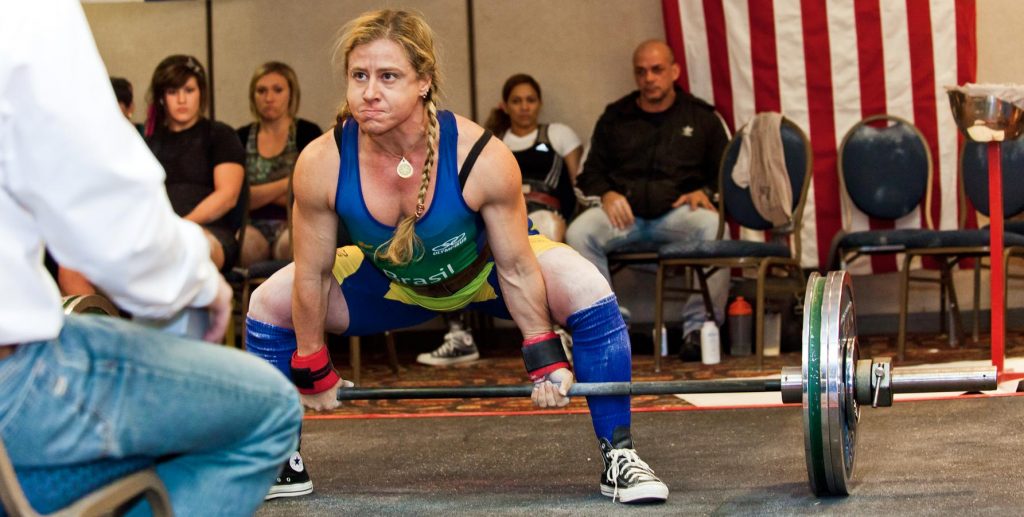There´s a controversy that won’t go away that easy: what improves your deaflift more? Increasing or decreasing frequency? Until a few years back, we had few advocates of the higher (highER, not high) frequency deadlift. Today, however, a couple of good coaches recommend higher frequency pulling.
Three weeks ago, one of my lifters had a really good DL workout and I stopped him at what I felt was under 90% intensity. It wasn’t. The following week, he couldn’t pull something 20lbs lighter than that. He was inhibited.
- Less, low volume and controlled full ROM deadlifts
What I have found, unfortunately with no more than anecdotal evidence and my gut feeling to back me, is that both inhibition and supercompensation take longer for the deadlift than for the other two lifts (the squat and the bench press). That was as good an explanation as any other for the old school approach of “less is better” for the deadlift. Keeping it once a week with varying intensities (not going over 90% every week) works. Also, go for singles as soon as you reach 70% will be good for smaller hand lifters: the grip will be such a limiting factor that it soon becomes 100% intensity for that and not nearly 70% for extension of knees and hips. There is no way around: you must choose what the target of the workout is.
- More supra-maximal work
With the years, I started playing with other variables: it seemed that a full ROM (range of motion) deadlift over 90% intensity every week was, as the old school preached, bad. What about partials and speed? What about grip?
The first thing I realized is that I could “save” overreaching on full ROM deadlifts by using static holds and, sometimes, short lockouts with static holds. Whoever worked with grip training has probably faced the counter-intuitive fact that transfer is much more limited (in other words, much more specific) than in other gestures and movements. You can close as heavy COCs as you can, twist towels and nails, and you won’t necessarily improve your deadlift. Static holds and other exercises where you need to grip a bar will. Maybe (just maybe) this is related to the high level of neural control over hand movements. Maybe it is something else: nobody knows.
Static holds and lockouts were interesting and they allowed us to keep working on the DL until much closer to the meet than before. We still eliminate full ROM DF from the training plan earlier than the other two lifts, but we keep the static holds. That works.
- More speed work
I also noticed that I could “pull more”, as long as pulling was not my full ROM DL. Heavy high pulls with snatch grip, speed DL (by definition, light) and rows – a lot of rows.
And that produced great results – for me and for other lifters.
However, when I look around, I see some great deadlifters do everything I would think would destroy their performance and still lift big and powerful: they max out every week, they use full ROM all the time, everything I said would lead to burnout. Well, it doesn’t burn them out.
What, then? It might be a little frustrating but, again, everyone has a long way to go to figure out what works for them. It is easier for a tennis or soccer player: there are too many gestures involved and it is a team sport. Powerlifting is the greatest challenge because it boils down to the most basic components of human movement: to squat , to push and to pull. And there is where everyone is different. Call it biological specificity if you want: it is true. I call it identity. We are what we think, what we feel, our principles and cultural heritage and also what our bodies do with the movement alphabet we were hardwired with from birth.

